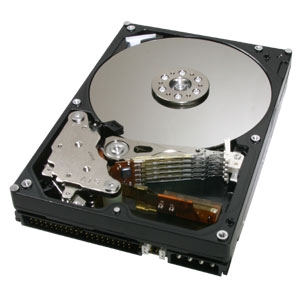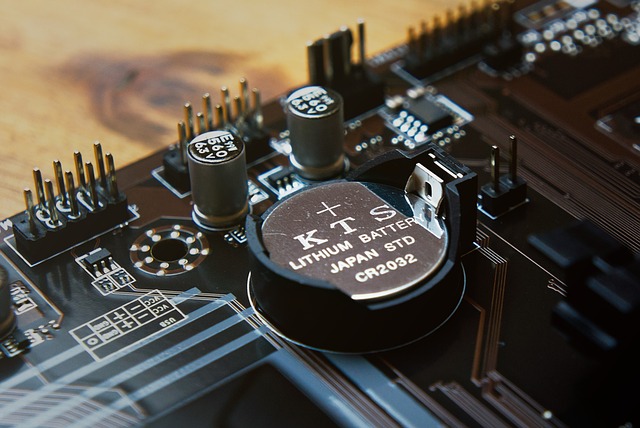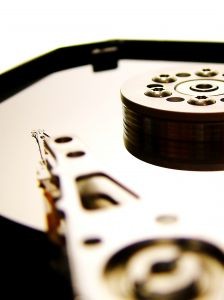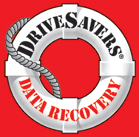Hard Drive Crashed? Not Working? Clicking, Grinding, Need your Data?
Hard drives will fail, whether or not they are conventional or solid state drives. The question is when, why, and how. First, if you are here looking for a way to recover your data, then you have come to the right place. Below you will find what causes a drive to fail, what to do, and great backup tips.
Before we proceed it is very important that you heed to the warnings below:
• If your drive is clicking, grinding, or making unusual sounds, it is very important that you shut down the computer immediately. These sounds can very well be the read/write heads physically hitting or scraping the platters of the hard drive. Severe or complete data loss can result from this. DON’T RISK IT! This applies too as well if your drive has been exposed to fire, flood, physical shock (earthquake), etc.
• Sounds of a physically failing hard drive are:
• Bad Bearings: Continuous screeching across a chalk board.
• Cycle Click: Sounds like rapid clicks, stops, and does it again.
• Excessive Click: Rapid clicking that sounds like tapping a pencil on the table
• Grind: Sound of metal being ground away (can squeal loudly)
• Ray Gun: Sounds like it is from a cartoon space cadet type gun.
• Remember that hard drives are very sensitive to static electricity and physical jarring or jolts. Handle them like a new born baby, gently. Always unplug the power before removing the hard drive or any component inside a computer. Discharge yourself by grounding to the metal of the computer chassis or a static strap to a grounded object.
Reasons other than the above why hard drives fail is:
• Accidental deletion of critical operating system files.
• Virus’, Spyware, Malware, Greyware, etc.
• Boot Sector damage, lost. Can be caused by a virus.
• Power failure, and/or frequent loss of power. This also includes shutting your computer down without seating the hard drive (Windows: Shutdown or Turn Off)
• Accidental formatting (Clearing the drive) This can happen under the false guidance of a recovery disk. RCCS has heard many stories of people using their recovery disks, only to find out that it erased everything and restored the system back to the factory default. Meaning they lost all their data, pictures, mp3’s, etc.
• Encrypted data that doesn’t allow you to access the files any longer (Normally do to permissions and user rights that were lost).
Data Backup Tips:
• Never 100% trust your drive(s). It will fail eventually, that is a guarantee. Always back up your data to an offsite medium or a fire/water safe place. Media that can backup your data are jump drives (flash drives), external hard drives, DVD, CD, tape drives, and online services. Software can make backing up a hard drive a breeze, we recommend Backblaze Online Backup. Always have your data in two places, preferably separate or fire/water safe.
• Avoid loss of data and program failure by completely exiting programs before shutting down your operating system. Resort only to a cold shut down (pressing the power button to turn off computer) as a last resort.
• Surge protectors and battery backups are a must for any computer system. You can find these at Tiger Direct.com. We recommend APC brand surge and battery backup units. When selecting a battery backup unit, be sure that it will support the wattage that your system uses, otherwise the backup time will be decreased significantly.
• Never move the hard drive’s chassis (computer case) while running (desktop computers). If you must, be gentle and when seating, do so gently. A hard jar or jolt can spell disaster for your data.
• Room Temperatures should be kept as constant as possible between 65F and max at 80F. Inside your case (assuming good air flow) it is much hotter as the room temperature is hotter. Heat will reduce the life of your drive and the rest of the computer. The same applies with sub freezing temperatures. If you must leave your system in the cold (below freezing) allow the components to warm up (naturally) before you turn the computer on. This will help against stress and remove any condensation that may have occurred when you brought it from a cold environment to a warm one.
• As mentioned in the beginning of this article, don’t fool around if you hear any strange noises coming from the hard drive as described above.








